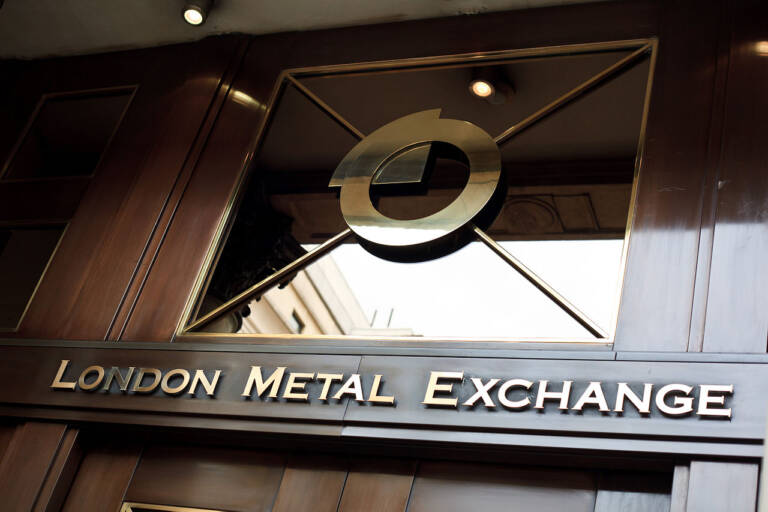Introduction to the London Metal Exchange LME and the metals traded there

The London Metal Exchange (LME) is the world's largest non-ferrous metal exchange. Founded in 1876, the metal exchange moves about fifteen trillion dollars each year and 3.5 billion tons of metals. Its headquarters are in London, in Leadenhall Street, and it represents an absolute point of reference on a global level.
Eight metals are dealt with at the LME: copper, zinc, lead, aluminium, nickel, aluminum alloys, plastic materials and steel .
Precious metals such as gold and silver are traded on other exchanges and the LME provides a dealing service for the London Bullion Market, which trades the precious. The contracts entered into at the LME are termed “Futures” and assume the physical delivery of the metal; for this reason, all metals are physically stored in LME warehouses.
Trading can take place in three different ways: Ring Trading – Alle Grida, Inter-Office and "Select" Platform. Ring Trading is physical negotiation, the real place where, from Monday to Friday, the "Ring Dealers" meet; the only subjects authorized to verbally negotiate the price of metals inside the ring.
At the end of the official trading, there is a quarter of an hour of “post exchange trading” called Kerb, during which all the metals are traded simultaneously in the Ring. The Inter-Office is the method of telephone exchanges that can be carried out 24/24h. The "Select" online platform is instead the place where negotiations that do not find an immediate buyer are entered during negotiations in the Ring and Inter-Office.
The LME is the European reference index which, together with the transformation cost – different for each semi-finished product – defines the cost of metals and their value. The LME value is defined by trading based on the law of supply and demand and at the end of each day the value of the metal at the “close” of trading is defined.
The LME market has been the protagonist of great turmoil and controversy, which also ended up in the Court, which concerned the trading of nickel. Indeed, in 2007, a Russian company called Rusal accused the LME of manipulating the price of nickel to favor some financial operators. The Russian company claimed $1.6 billion in damages from the LME, but the Tribunal rejected the claim in 2010. In 2013, however, the LME was faced with protests from aluminum consumers, who complained long lead times for metal from LME warehouses. The LME has therefore introduced new rules to reduce queues and increase market transparency.

Thanks to our Telegram channel you can stay updated on the publication of new articles from Economic Scenarios.
The article Introduction to the London Metal Exchange LME and the metals traded therein comes from Scenari Economici .
This is a machine translation of a post published on Scenari Economici at the URL https://scenarieconomici.it/introduzione-al-london-metal-exchange-lme-e-ai-metalli-ivi-trattati/ on Sun, 13 Aug 2023 10:49:22 +0000.
